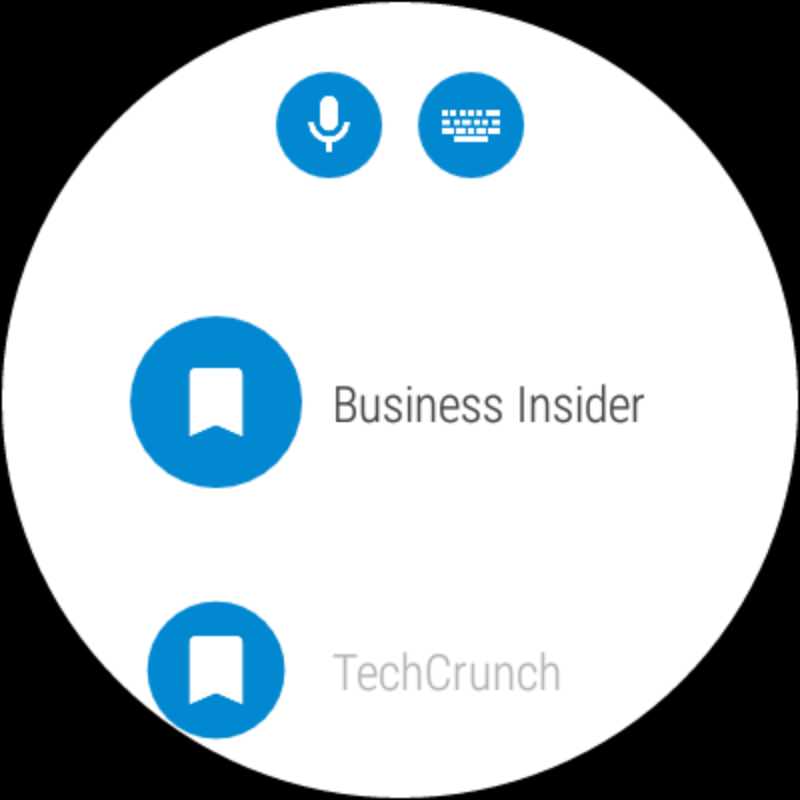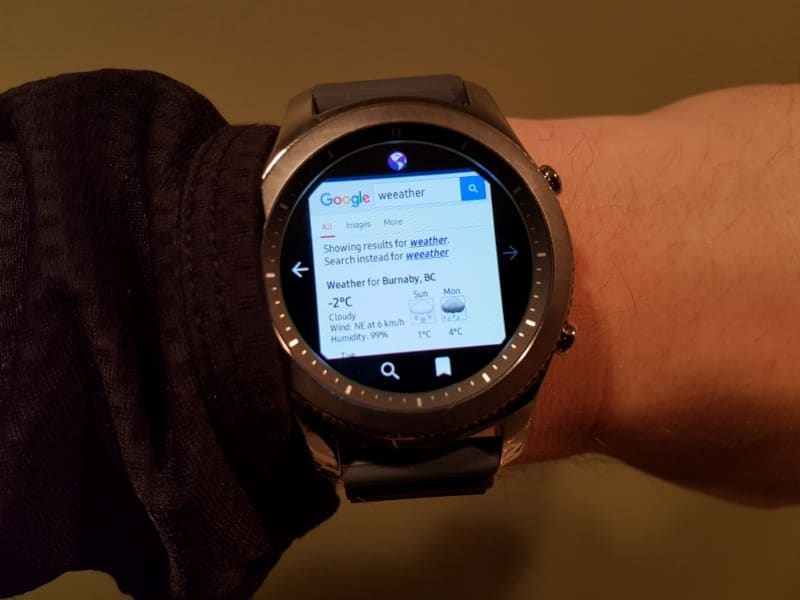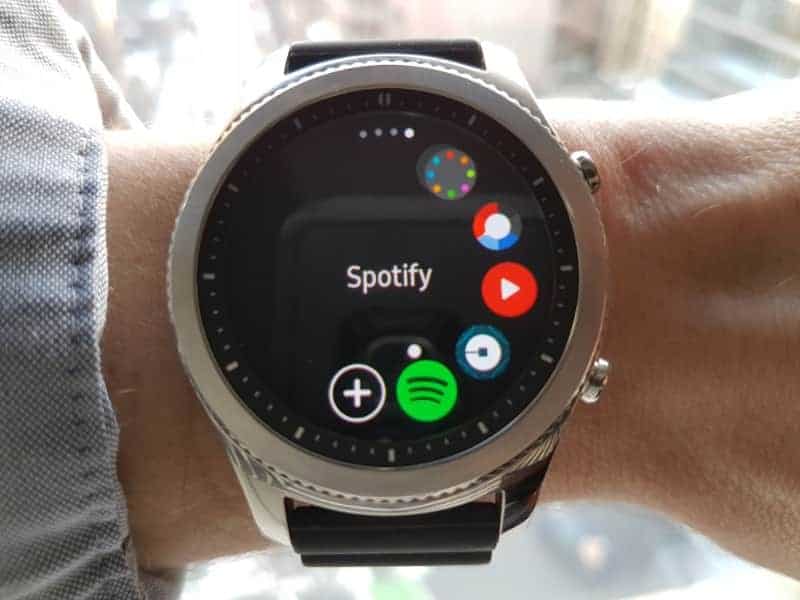Feel the heat of the sun, the sea breeze and the smell of the beach and take a close look at panama hats, its history, how it is made and its various features that makes it unique.
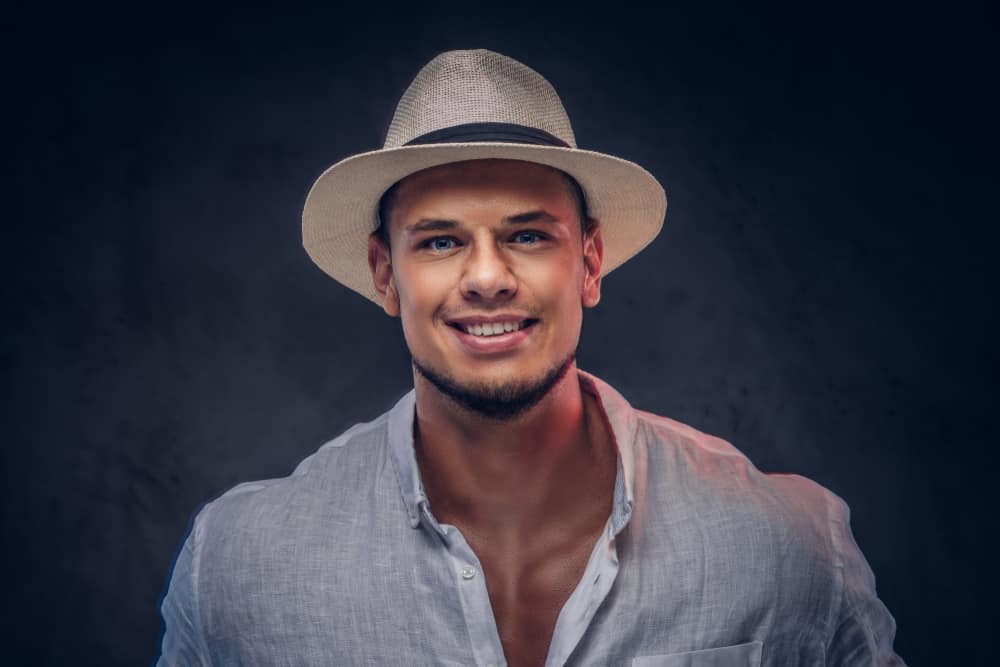
- The Panama hat is an Ecuadorian hat. It is made from the Carludovica plant.
- This hat became very popular in the 19th and 20th centuries.
- It is a lightweight hat that is great for a holiday destination and hot weather.
On a summer’s day, a beautiful hat can complement one’s outfit; the Panama hat provided protection and is very stylish; this is great for a beach holiday or summer get-together. This hat makes you look relaxed and sophisticated with little work.
Table of Contents
- What is a Panama Hat?
- History
- Hats Features And How Its Made
- What To Look For When Buying A Panama Hat?
What is a Panama Hat?
A Panama hat is also known as a jipijapa hat, Ecuadorian hat, or a toquilla straw hat and is of Ecuadorian origin. This is a traditional hat from this region; it is made of plaited leaves from the Carludovica plant, known as the toquilla palm or jipijapa palm in Ecuador.
Panama hats are usually worn with a summer-weight suit, a smart suit made with linen, silk, or cotton in 7 to 8.5 ounces; they are lightweight and great for hot temperatures. The technique of making this hat was added to the UNESCO Intangible Cultural Heritage Lists; they ensure that heritage sites, information, and objects are protected.
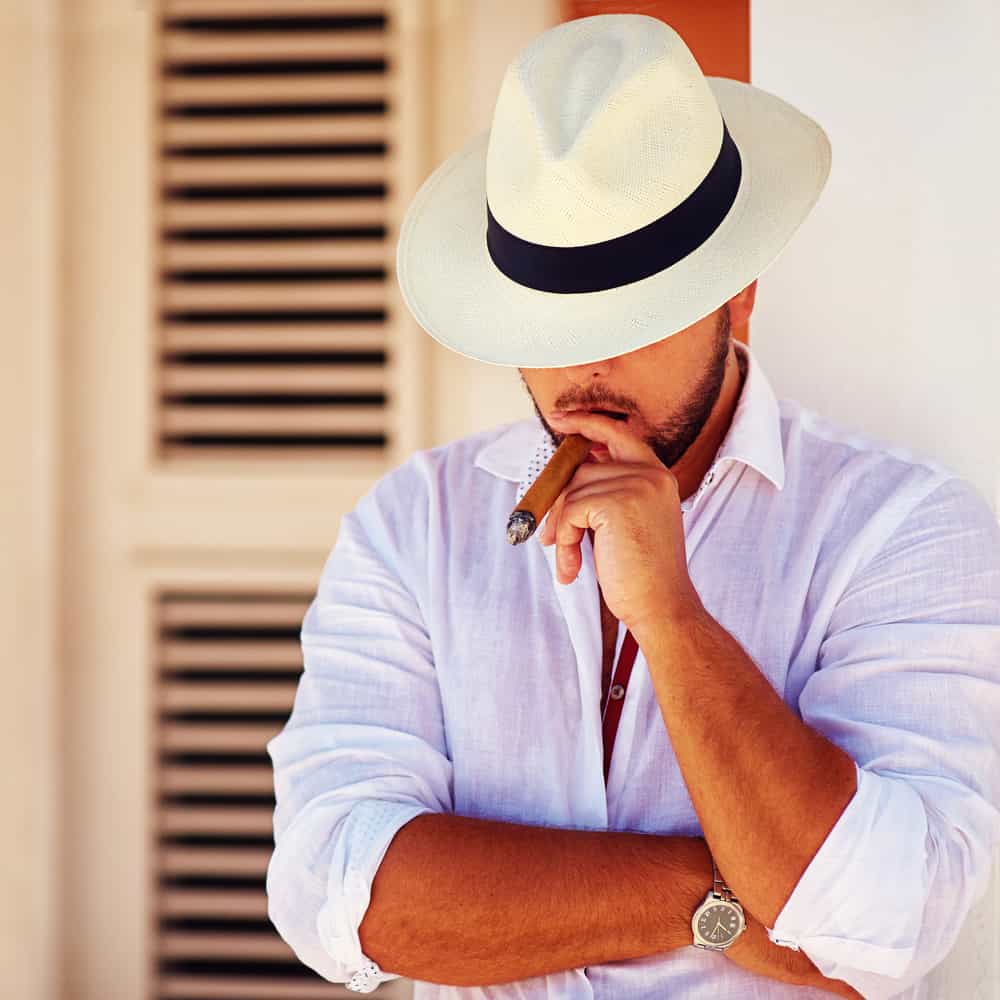
History
Hat weaving began in the early to mid-1600s along the Ecuadorian coast and Andean mountain range. The popularity of hats started to grow slowly through the 17th and 18th centuries. Manuel Alfaro started a small Panama hat business in 1835 in Montecristi, with the main business stream being exportation.
His business picked up, and many ships were transporting his hats to the Gulf of Panama and any others interested. This hat does not have the name of its origin because in the 19th and 20th-century products coming from South America were first shipped to Panama before going to their destination, which is why it was named Panama hat.
The hat’s popularity increases more in the 19th century but became more popular when US President Theodore Roosevelt was photographed wearing this hat. This was when he visited the Panama Canal, which is probably also how this hat got its name. Many people wore them in the 20th century as a seaside or tropical accessory due to their lightweight and breathable material.
The Panama hat is still providing jobs to many people, although less than a dozen weavers have the skills to make one of the finest ‘Montecristi superfinos’ Panama hats. Many Chinese companies are making and selling these hats, but the quality of the hat doesn’t come near to those with the Ecuadorian toquilla palm hats.
Hats Features And How Its Made
Panama hats are very lightweight and come in various colors but usually, a light color, either white or light brown, and breathable. This hat has a wide brim which provides lots of shade and protection from the sun; looking similar to the fedora; there are also ones with shorter brims and flat brims. The Panama hat is made using two processes, weaving and blocking.
The two kinds of weaves used are Cuenca which looks like a herringbone pattern, and the Brisa weave, which looks like small diamonds or squares. The Brisa weave is usually preferred as it is lighter and finer than the Cuenca. The quality of the hat is based on how tight the weave is
What To Look For When Buying A Panama Hat?
These are a few criteria that you can keep in mind when deciding on what Panama to purchase.
Color

When preparing the plant material to weave, they used to leave it in charcoal and sulfur or lemon and salt; this is then left to dry in the sun. This helps remove the color pigment leaving you with a white or light brown color. Nowadays, they apply peroxide to get rid of the natural color. This chemical can weaken the weave a bit, causing it to possible crack and have less resistance.
You are welcome to still get these colors as they look very pretty, but if you want something that will last longer, then it may be best to go with the plant’s natural color called Habano, a dark brown that has no chemicals applied to them. Although this is good to know, don’t let it be your only deciding factor, it is important to choose a color that suits you and your wardrobe best.
Roll Up
Some say that you can roll up your Panama to pack it away, but this is not entirely true. The Panama hat can do this if it has gone through the secondary process to make its fibers very soft, this takes quite a few days, and not many people want it, so it is not common. If you are looking for a hat that can do this, you may have to look harder and pay more money for it.
The Weave
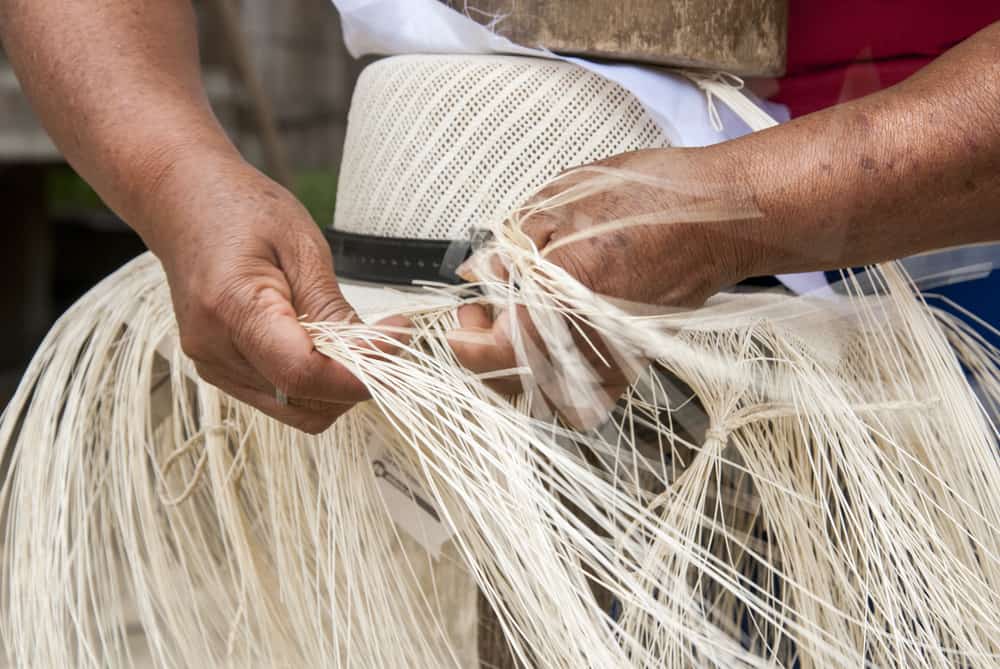
It takes days to weeks and sometimes months to make one hat; this will impact the thickness of the weave; a finer, more intricate weave takes much longer. They may end up looking like they are made of fabric. Some places grade them – fino, super-fino, ultra-fino, extra-fino, fino-fino, and so on.
These grading’s don’t mean much; different stores may tell you the grades of their hats, but this isn’t something that is guaranteed. It is important to remember that the finer the weave, the better the quality. The quality of the weave is also necessary to look at; the best weavers make very few mistakes. This can be determined by whether the hat has holes in the weave.
The edges of the hat’s brim are also good to look at; most have been doubled up and stitched, which is fine but not the greatest. The traditional ones are not stitched, but instead, the straw pieces are tucked in at the ends. Some weaves may have a few different intentional finishes, such as an unfinished look where the straw sticks out. The hats may have material around the edges to help finish them off or as a feature.
Shapes
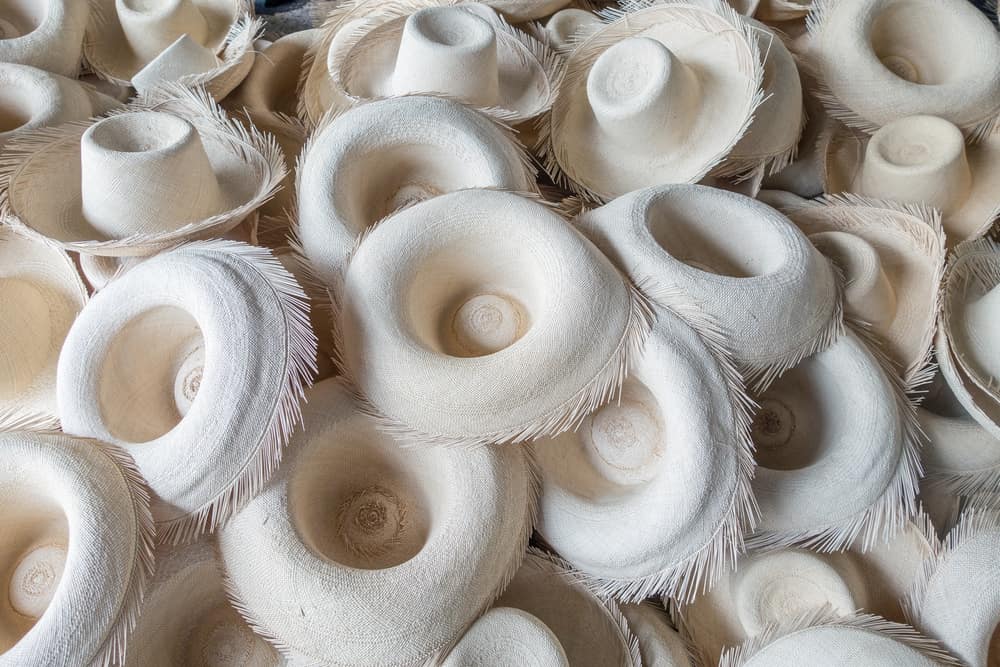
There are a few variations of the Panama hat, which include:
- The fedora, which is the most popular, also comes in different variations with the brim and crown. It can have a wide, short, or curled brim and even a short or tall crown.
- Boater
- Safari
- The Optimo is a unique style; it has a ridge running down its center.
Hatbands
There are many different styles and patterned headbands made from various materials that you can choose from. Take your time choosing one that suits you and your style, or you could even buy a different headband to attach to your hat.
Price
You can’t put a specific price on this hat because many variables come into play, such as the quality and who made it. It is best to find something that you like and are willing to pay for. You can expect to pay $50 to $100 for a decent hat; however, some may cost $1000, which will be of better quality.

